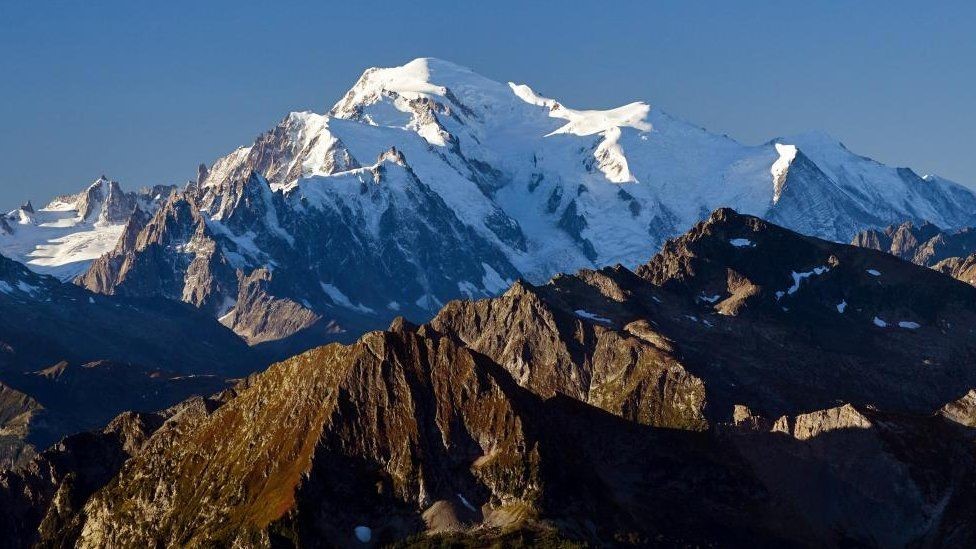Free Courses Sale ends Soon, Get It Now


Free Courses Sale ends Soon, Get It Now



Disclaimer: Copyright infringement not intended.
Context
Mont Blanc, the highest mountain in Western Europe, has experienced a reduction in its height over the last two years. It is now measured at 4,805.59 meters, which is 2.22 meters shorter than its height in 2021.
Details
About
Geography:
Geology:
History:
Tourism:
|
PRACTICE QUESTION Q. Discuss the recent reports of Mont Blanc's shrinking height and its implications for the region. How does this phenomenon connect with broader climate change trends, and what measures can be taken to address the environmental challenges faced by mountainous regions like the Alps? Provide insights and policy recommendations. (250 Words) |
© 2024 iasgyan. All right reserved